“3D Printing World” News / Reebok, a well-known American sports shoe manufacturer (Reebok) is preparing to open a magical “liquid factory” in early 2017. According to “3D Printing World”, this “liquid factory” will mass-customize a part of the sole of its Liquid Speed running shoes based on customized liquid material 3D printing technology. Reebok said that the “Liquid Factory” is located in Lincoln. In addition to realizing internal production and assembly, it will also explore and test other 3D printing and shoe customization processes, striving to surpass and replace the general footwear currently used in East Asia (such as China) Mold process.
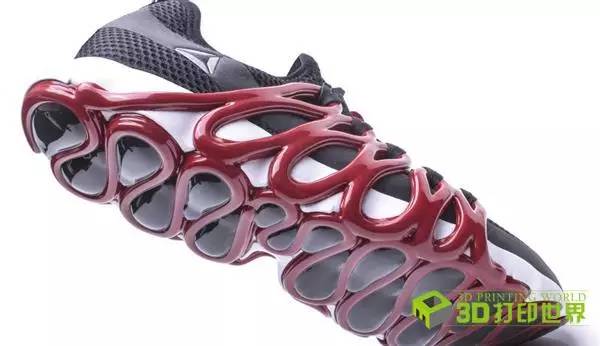
For the shoe industry, this is quite remarkable. The traditional footwear business model in the United States has been maintained for about 30 years, and production is generally outsourced to East Asian countries. Reebok’s move today can reverse this situation for the American shoe industry to a certain extent. It is reported that this sole part will use the customized liquid material of chemical giant BASF (BASF) – urethane, and work together with running shoe manufacturing expert AF Group Inc. to study 3D drawing methods.
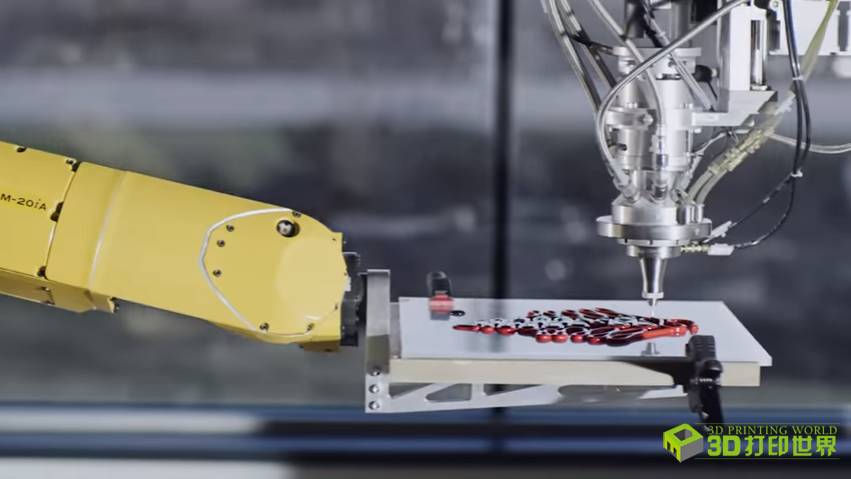
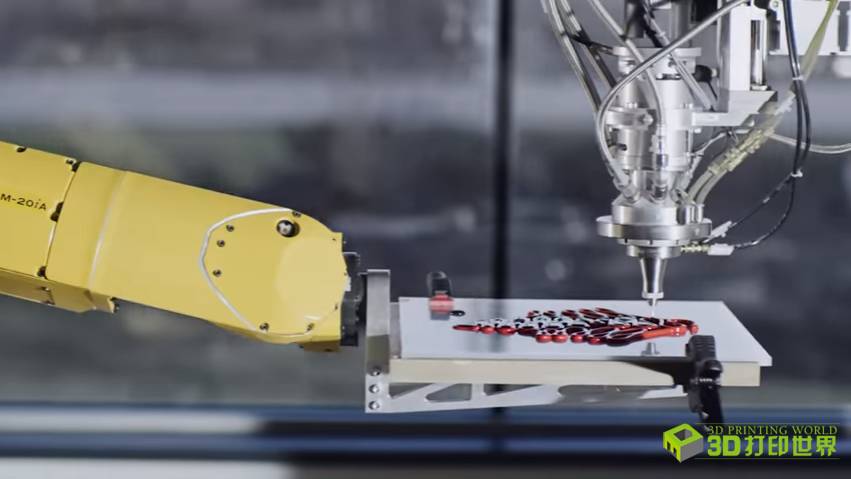
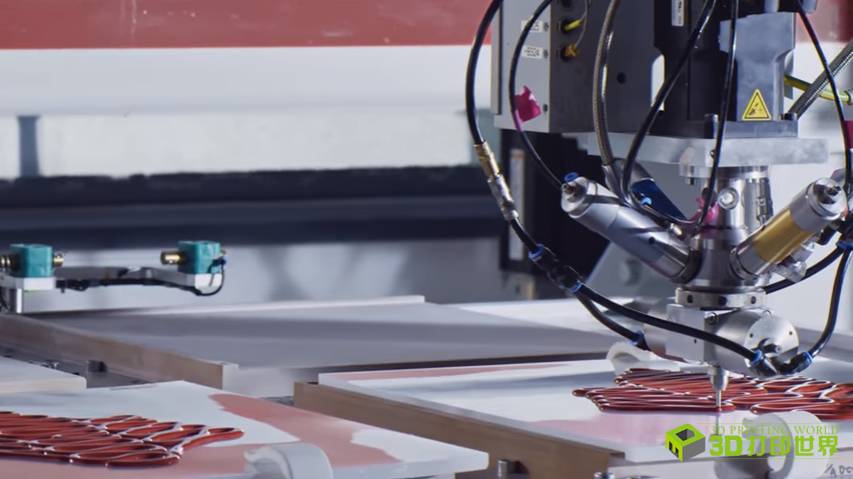
Bill McInnis, head of products for Reebok’s running trains, said this is just the first step in their vision of a future production system. “If you save the time of transportation and mold manufacturing. If you use it in innovative research and development, we can go one step closer to consumers and at a faster speed.”
This new technology will be used in limited quantities on Reebok’s Liquid Speed running shoes (300 pairs), and the price of the new running shoes is $189.5 per pair. Surprisingly, the liquid 3D printing technology creates a futuristic line profile for the shoe, and also makes it more elastic, and its performance greatly exceeds that of ordinary rubber soles. The process can also be used to create a unique fit system that can be molded around the foot, providing a three-dimensional fit that allows the shoe to fully fit the foot.
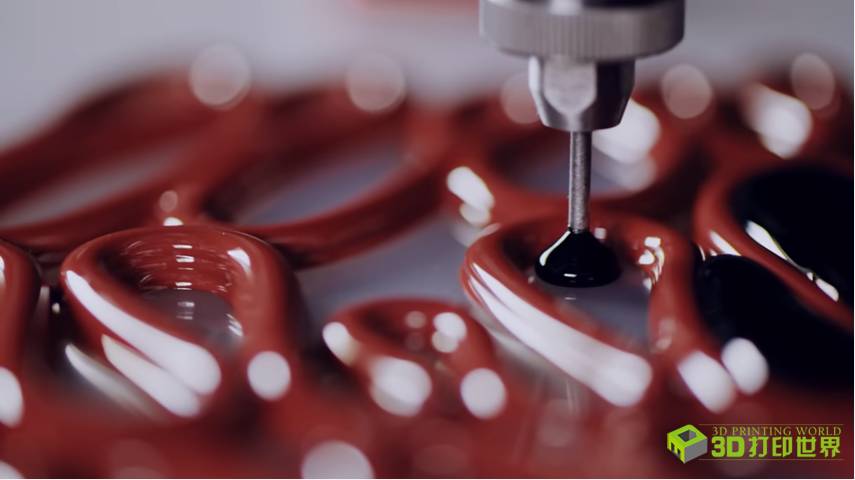
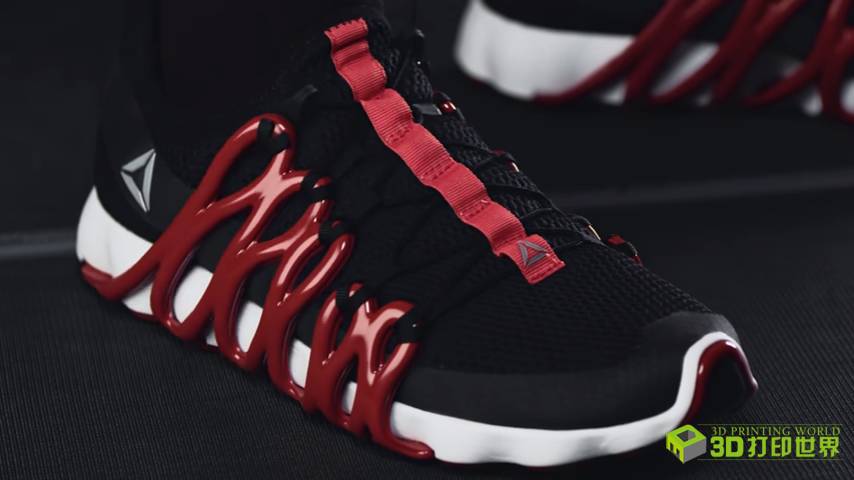
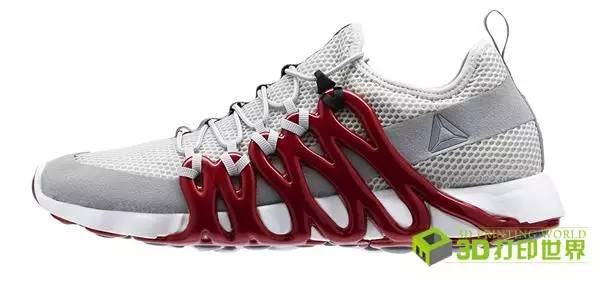
“This process helps us eliminate the need to make shoe molds, and it will be the first outer sole that can achieve energy feedback.” Bill McInnis said. Although this process has not yet been routinely used in the production of Reebok’s running shoes due to cost and time-consuming issues, the speed advantage it brings is very attractive. “We can design and customize running shoes in real time, eliminating the need for shoe molds. Just complete the programming on the device, and the speed of making a pair of running shoes will be greatly improved.”


